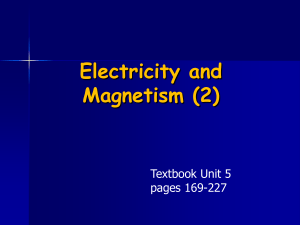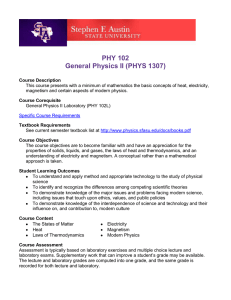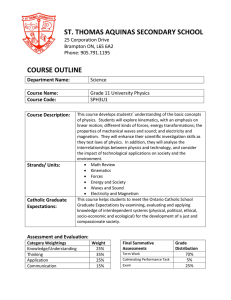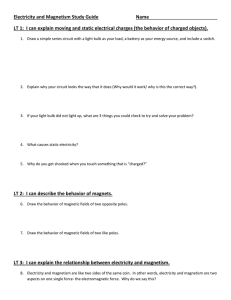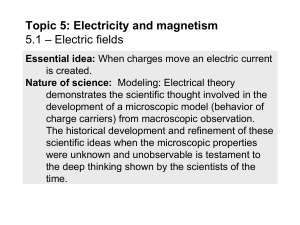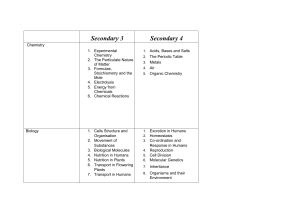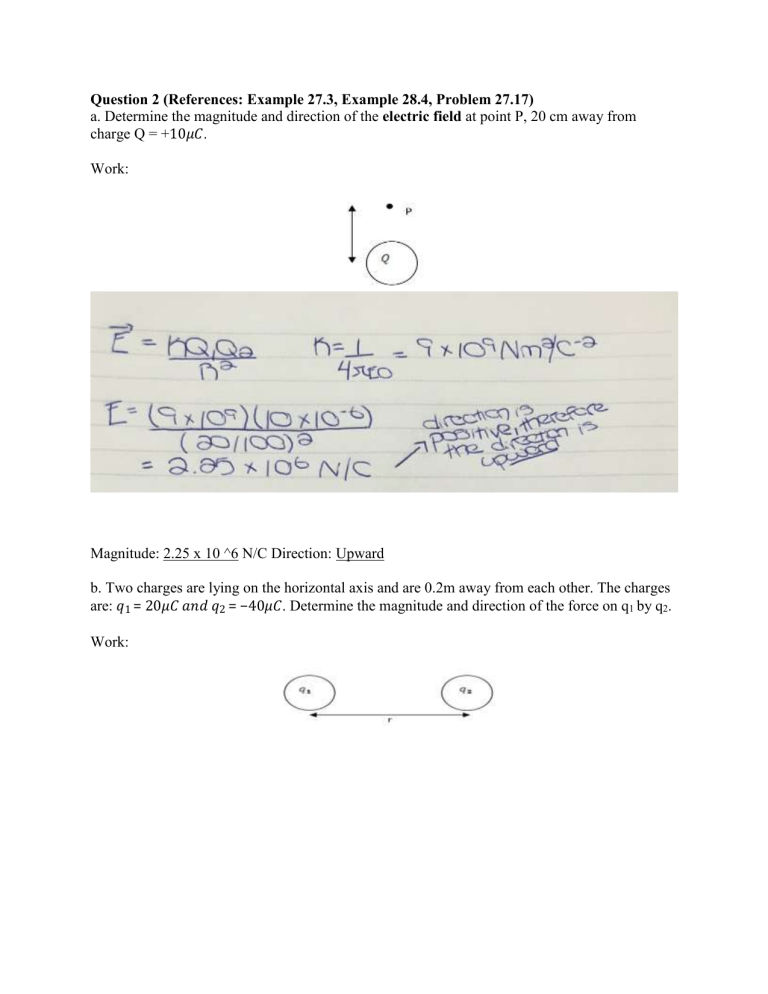
Question 2 (References: Example 27.3, Example 28.4, Problem 27.17) a. Determine the magnitude and direction of the electric field at point P, 20 cm away from charge Q = +10𝜇𝐶. Work: Magnitude: 2.25 x 10 ^6 N/C Direction: Upward b. Two charges are lying on the horizontal axis and are 0.2m away from each other. The charges are: 𝑞1 = 20𝜇𝐶 𝑎𝑛𝑑 𝑞2 = −40𝜇𝐶. Determine the magnitude and direction of the force on q1 by q2. Work: Magnitude: 180 N Direction: to the right c. An electron (q = -1.6 x 10-19 C) is initially at rest. At some time later, the electron accelerates due to a 5 kV potential. Determine the change in electrical potential energy and final speed of the electron. Work: ΔPE:-8.0 x 10 ^-16 J vf: 4.193 x 10 ^7 m/s d. Write down three examples of the use of electricity and magnetism in the medical field. For example, an automated external defibrillator (AED) consists of a capacitor to store electrical energy and electrode pads to deliver an electrical shock to your heart. As a result, an automated external defibrillator (AED) with CPR increases the chances of restoring a victim’s heartrate after a sudden cardiac arrest. Use three of your own examples. There are plenty of examples in chapters 43-44. Example 1: An example of use of electricity and magnetism in the medical field would be x-ray equipment and scanners. Example 2: Another example of use of electricity and magnetism in the medical field would be electromagnetic therapy. it uses electromagnetic radiation to treat diseases. Example 3: Another example of use of electricity and magnetism in the medical field is magnetic resonance imaging which scans the body.

